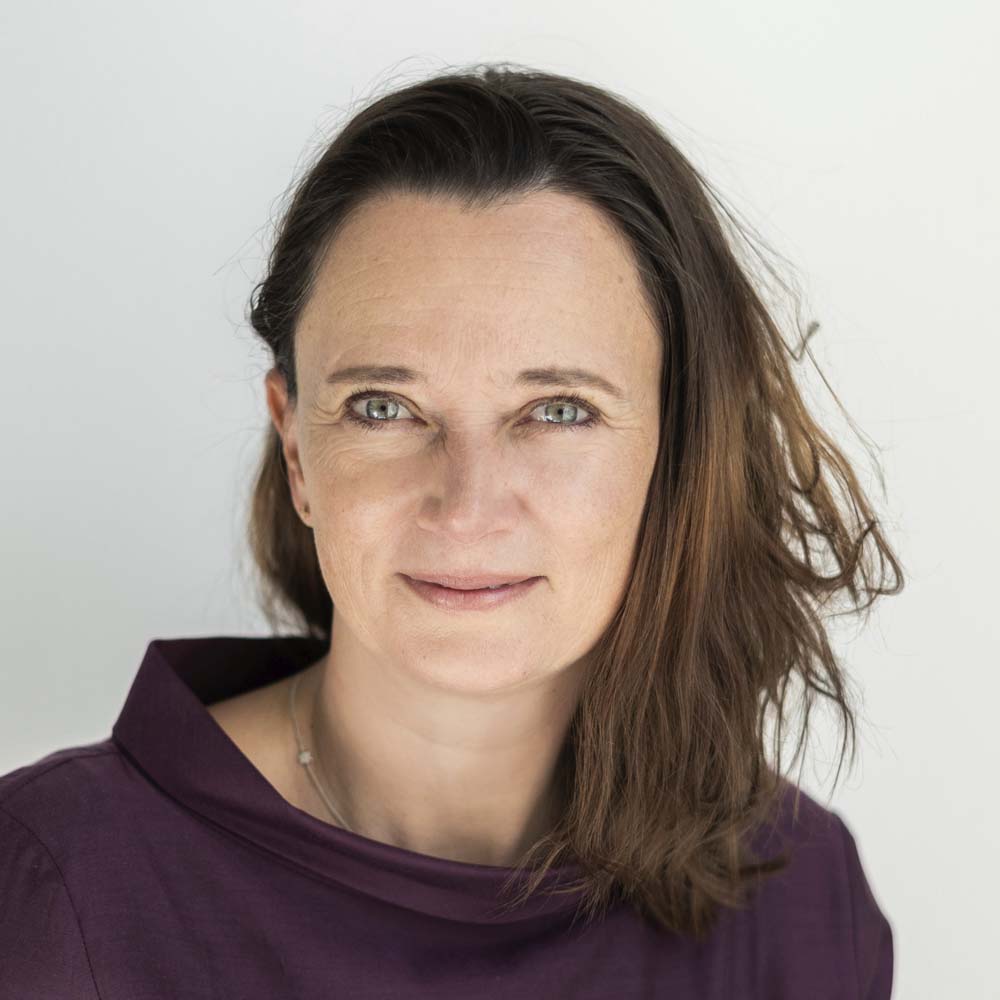Video Presentations: Densifying Megacities Versus Social Distancing and Urban Sprawl

Astrid Piber
Partner
UNS, Amsterdam
Prior to the COVID-19 crisis, we expected an increase of 2.5 billion people to be living in the world’s urban areas by 2050. The physical densification of our cities, whether outwards or upwards, had already become an inevitability and this projected densification had placed significant pressure on city planners. Urban spread threatens valuable farmland and food production, while denser cities are more energy efficient. However, through the COVID-19 lens, such inner-city densification can now be seen as a threat to public health. Disaggregation and separation to avoid transmission of the virus is spatially oppositional to the concept of concentrating our cities in order to drive energy efficiency and minimise sprawl. At the same time, research has shown that the Corona virus spreads faster when large numbers of people share one home. As a result, these new norms present challenges on both an urban and an individual building level. A renewed focus on the finer grain of both our cities and our buildings will now be required. Decentralisation and the ’15 minute city’ are ideas that are currently being put forward to tackle urban challenges, but how will these issues be tackled in the design of tall buildings? Can future vertical expansion be addressed through new models which take into account the same multiple and complex challenges currently being faced in the horizontal realm? Is it not time that we stop understanding vertical development in terms of autonomous single-programme buildings, and instead approach it as the holistic extension of multiple urban systems along the vertical axis?
